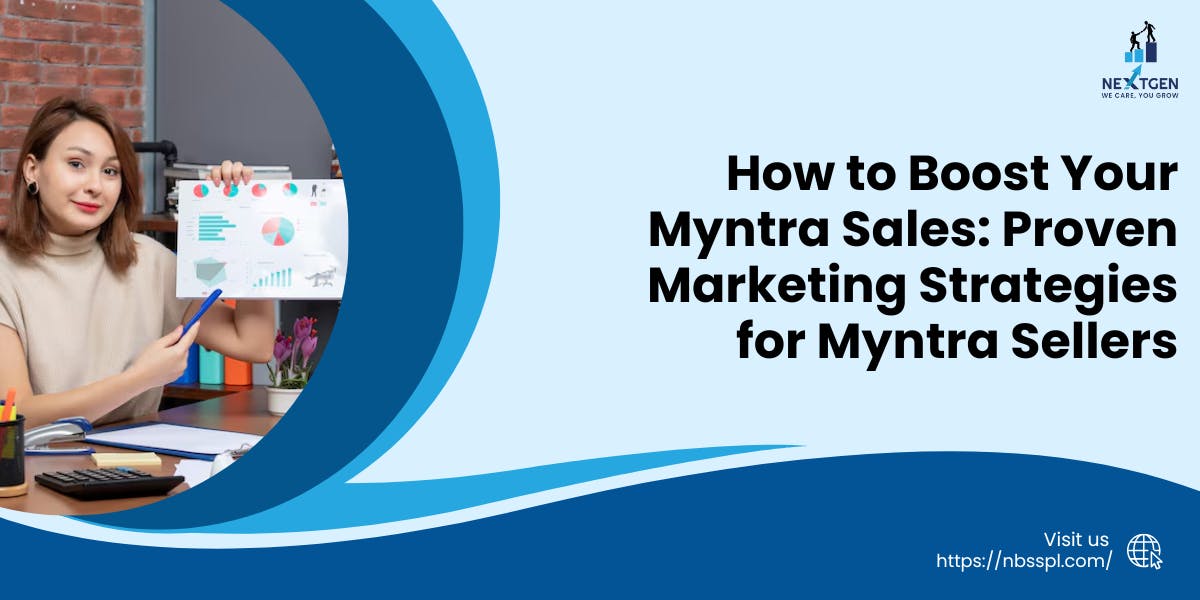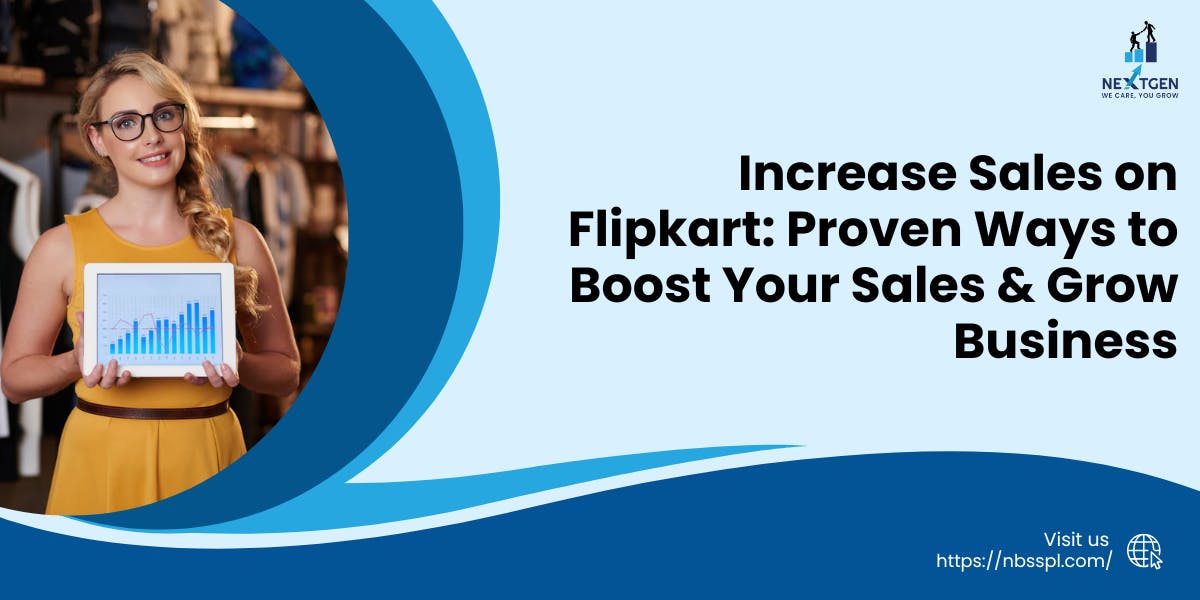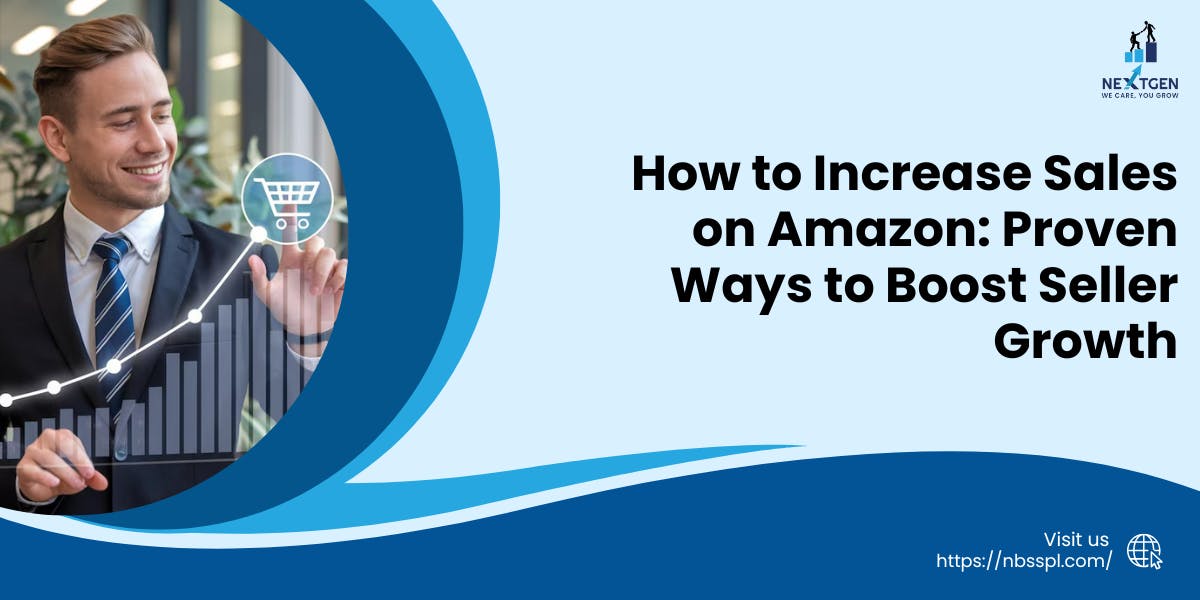Read More: Nykaa Seller Registration: A Complete Guide to Selling on Nykaa
2. Choose the right ecommerce business model
Your model determines your cost to start, operations, and how quickly you can start selling.
Marketplace-first (sell on Amazon, Flipkart, Myntra, etc.)
Pros: traffic, trust, faster time to market.
Cons: commissions, less customer data.
Great if you want to test a product quickly.
D2C / Ecommerce website (Shopify India, WooCommerce)
Pros: customer data, higher margin, brand control.
Cons: you must drive traffic.
Best for long-term brand building and profitable online business aims.
Dropshipping business
Pros: low inventory cost to start.
Cons: supplier control and longer delivery times.
Use it to test ideas before investing in stock.
Wholesale / B2B
Pros: bigger orders, predictable revenue.
Cons: longer sales cycles.
Good if you can supply stores or corporate clients.
Hybrid
combine marketplaces and your own ecommerce site for the best of both worlds.
Pick one to focus on first. You can build a hybrid later as your business grows.
![How to Start an Ecommerce Business That Makes Profit [2025]](https://images.prismic.io/nbsspl/aNJJGJ5xUNkB1AH-_HowtoStartanEcommerceBusinessThatMakesProfit%5B2025%5D.png?auto=format%2Ccompress&fit=max&w=3840)









